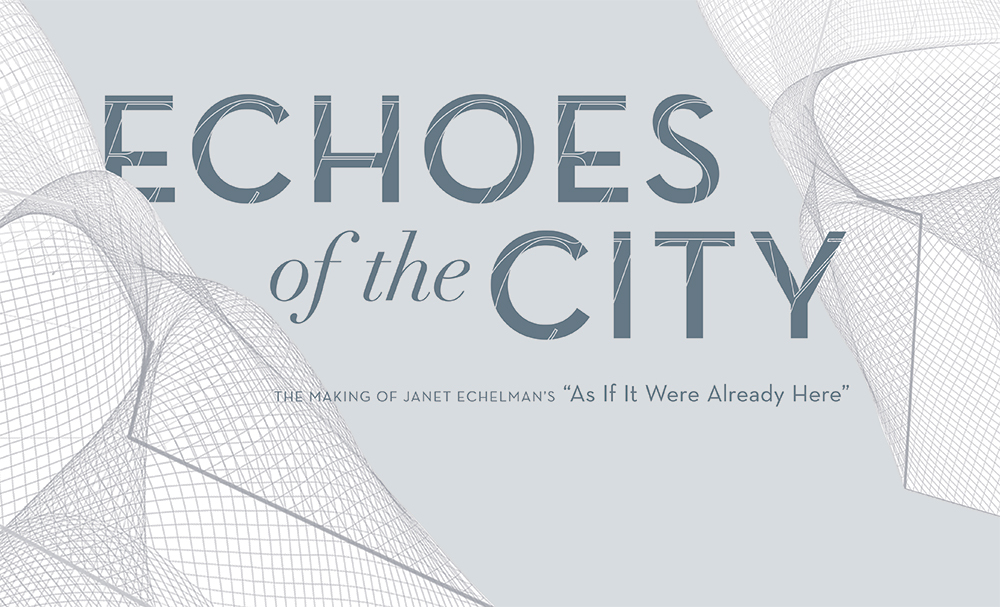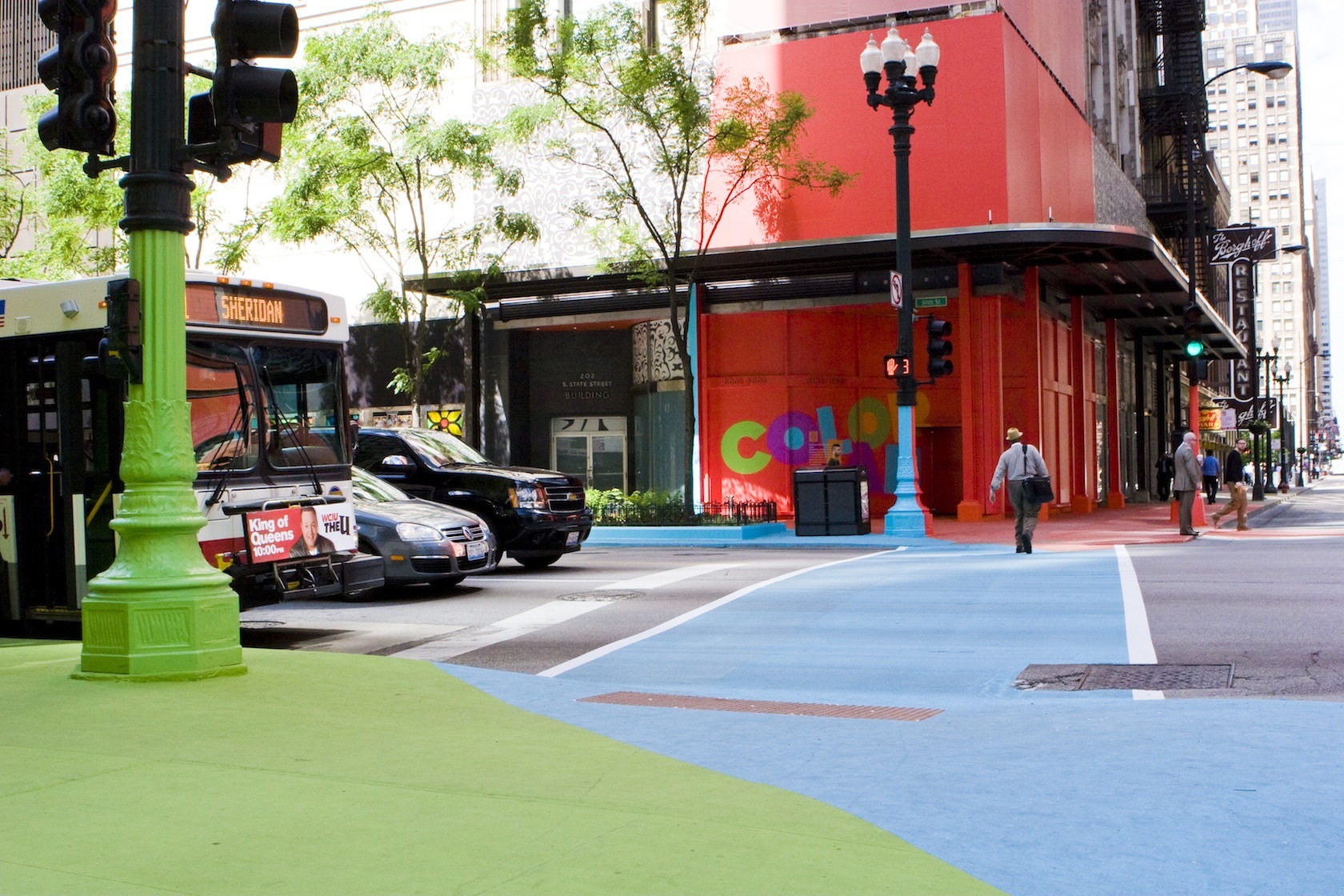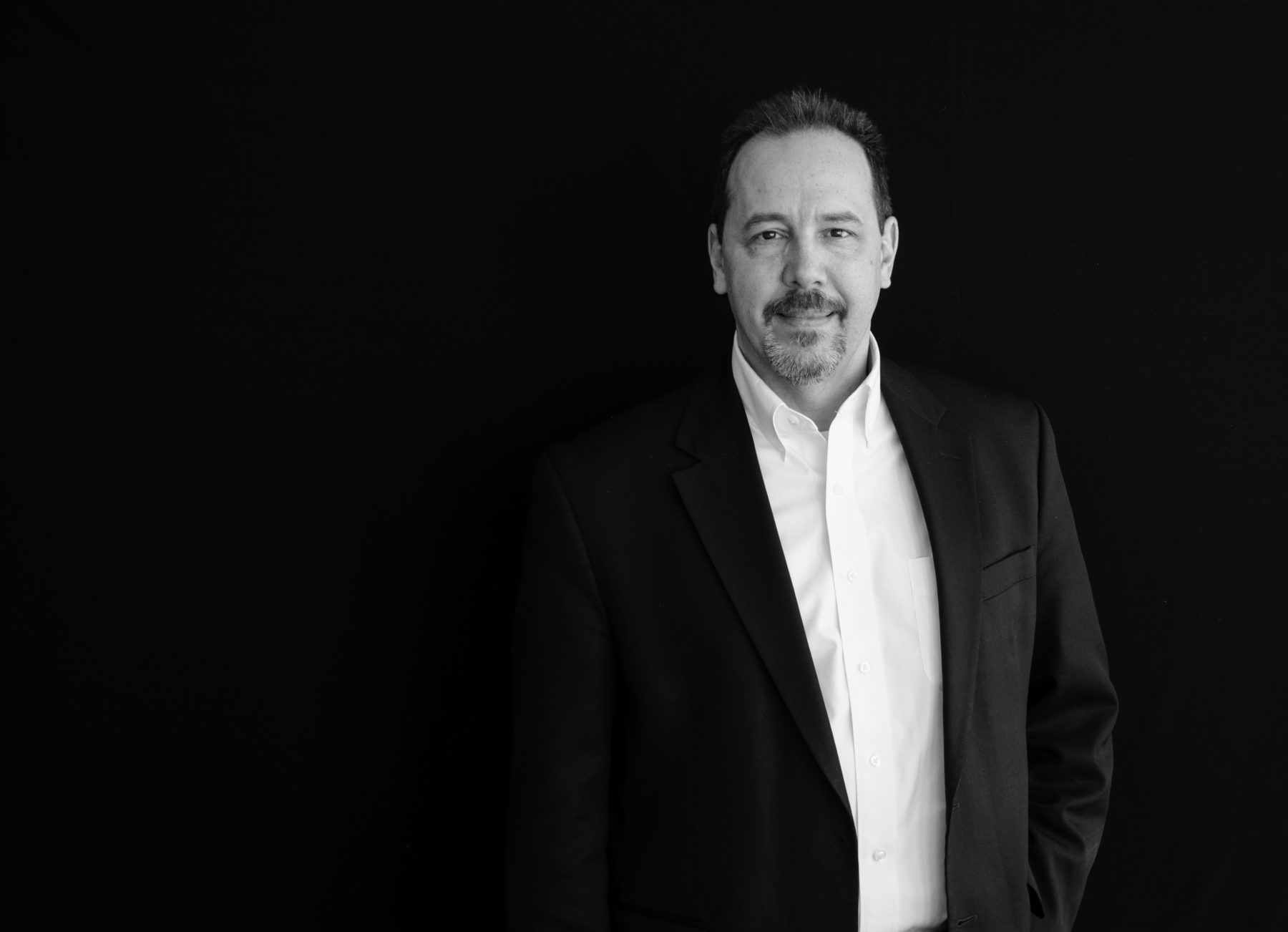F. Philip Barash

Name: F. Philip Barash
Job title and company: Creative director, Sasaki Associates
Degree(s): MA, Humanities, the University of Chicago; BA in English, Electronic Critique, University of Detroit Mercy
Professional interests:
I have a dual role at Sasaki. I partner with our institutional, corporate, and civic clients on defining and communicating the identity of a place. Through placemaking and place-branding initiatives, our team creates and communicates the stories that make places meaningful, appealing, and, most of all, authentic. Internally, I work with colleagues across the firm to enlarge Sasaki’s capacity for thought leadership, strengthen its reputation, and communicate the value of design to the marketplace.
What are you working on now?
Having recently moved to Boston, I’m working on not getting tragically lost every day. The city’s geography forces me into a perpetual choice between serendipity and punctuality. On one hand, I want to embrace the moments of discovering new cul-de-sacs and dead ends; on the other, I have to show up to meetings relatively on time.
At Sasaki, a project that’s making me feel right at home is an exhibition about public artist Janet Echelman’s sculpture on the Greenway. It’s been a Boston immersion experience because the installation works across so many registers, like an epic poem that brings together history and topography, beauty and aspiration. The exhibition at Sasaki will explore the nexus of technology and technique that is so central to the making of this astonishing artwork.
Janet Echelman's Aerial Sculpture over the Rose Kennedy Greenway, As If It Were Already Here. Sasaki is hosting a companion exhibition, “Echoes of the City,” exploring Echelman’s vision and process.

Echoes of the City: A companion exhibition to Janet Echelman's Greenway artwork, "Echoes of the City" explores the vision and process behind the making of this aerial sculpture.
How do you explain to your mom what you do for a living?
When I was born, my mother was working at the very influential Moscow-based Research Institute of Technical Aesthetics, a think tank that focused on applied industrial design. So although her vantage point is different from mine, we share the notion of design at the broadest possible scale: from microchips to megalopolises.
What inspired you today?
I am intrigued by representations of cities—in cartography, for example, or in images. It’s instructive to see how mind-boggling complexities of a vast system get captured, illustrated, reduced, elided, and negotiated.
On my desk is a volume from Gestalten called A Map of the World According to Illustrators and Storytellers. It becomes starkly clear, by looking at the sheer variety of visual styles, that maps are more about conveying a point of view than about revealing some physical reality. And so I’ve become drawn into an entire intellectual history of representation: rereading Benedict Anderson’s argument in Imagined Communities that maps and census data effectively created political borders, Daniel Bell and Avner de-Shalit’s ideas about city brands in The Spirit of Cities, and of course Kevin Lynch’s The Image of the City, which mapped Boston for me well before I moved here.
What architectural buzzword would you kill?
Lately, I’ve been rampaging against pseudo-scientific terms like “parametric” and “evidence-based.” As if, before the advent of parameters and evidence, we were guided by prophetic dreams alone.
When you’re working, do you discuss or exchange ideas with your colleagues?
I’ve seen enough episodes of Gordon Ramsay’s Kitchen Nightmares to know that the first symptom of a dysfunctional kitchen is silence. For food to get made—and for ideas to thrive—there has to be a climate of constant conversation. And it’s better when the conversation gets louder, bolder, braver, and seasoned with more expletives. That’s when you know that an idea is, as it were, fully cooked.
What are you reading?
Aside from the pile of stuff on representation of place, I’ve been rereading some of my favorite writers of personal essays. On the weekends, I leaf through the very wise Joan Didion, the irrepressibly perverse Kenneth Tynan, the vitriolic Hunter S. Thompson, the wounded but triumphant James Baldwin, and H.L. Mencken, who first got me to think about public life. For me, there’s a great comfort in the cacophony of these voices that form an incongruent and deeply biased narrative of the 20th century. I wonder what today’s debates—conducted in the laconic idiom of Twitter—will mean to casual readers many weekends into the future.
Do you sketch by hand or digitally?
Both. Also, the expansive quality of my gesticulation has caused coworkers to note that, in some conversations, I deploy performative dance to communicate design ideas.
Has your career taken you anywhere you didn’t expect?
My path is anything but linear. It’s more like a series of squiggles that took me through organizing a music festival in Detroit, graduate work in critical theory at the University of Chicago; programming events and exhibitions at the Chicago Architecture Foundation; leading placemaking initiatives in Chicago and beyond; and writing, curating, and thinking about the built environment through it all. If there’s one thread that runs through this picaresque, it’s about communicating the value of design to anyone within earshot.

Color Jam: A massive public art piece by Jessica Stocholder, "Color Jam", created media buzz and brought visitors to downtown Chicago by temporarily activating a central intersection.
Where is the field of architecture headed?
It’s vogue to talk about a “crisis” that’s happening in the design field. The field is torn apart—the argument goes—between moving in a direction of problem solving on the one hand and form-making on the other. So students, critics, and practitioners are all questioning whether the role of design looks like solving social and environmental issues or more like making beautiful objects.
I think that this is a false duality. The coming generation of design will have to learn to be more comfortable with—indeed, to embrace—ambiguity. With the accelerating pace of social, cultural, and technological change, design, too, has to operate within a culture of constant change. It has to become responsive, but that need not mean succumbing to the next hip thing. The design world of the future will pick up the pace without losing its perspective.
Can design save the world?
Good design can save the world from bad design.
What do you hope to contribute from your work?
I hope to help cities and districts respond to the pressures of globalization with an authentic sense of self.
One hears stories about healers in remote parts of the world who guide Western researchers to “secret” cures for diseases. But the cures are not, in fact, secret. They are merely hyperlocal. The same is true for places: Rather than homogenizing, places ought to struggle to preserve their identities—that “secret” ingredient that keeps them healthy and thriving.
Who or what deserves credit for your success?
I’ve traveled among an amazing tribe my entire life—friends and colleagues, relatives and mentors, fraternity brothers and spiritual fathers. If I close my eyes tightly, I see myself crowd surfing through life as if it were an early-’90s ska-punk show, hundreds of hands holding me aloft amid the din and darkness.
#PlazaPlus: In response to a request for inspiration from Boston City Hall, this vision promoted a combination of design strategies and creative cultural programming.
Your least favorite college class?
I had the benefit of both a big-C and little-c catholic education. My undergraduate experience was wonderfully variegated, with courses in nearly everything. I favored classes that were free ranging, filled with intertextual connections and overall weirdness. A class on post-humanity, for instance, was a revelation; it forced me to think about a future condition that went beyond the ethics of humanism, the discipline of humanities and, ultimately, beyond the wetware of the human body. Course work that focused on a narrow skill was a snore. I blissfully napped through Speech and Statistics. Twice.
If you could give the you-of-10-years-ago advice, what would it be?
Make friends with the Impostor Syndrome. I used to think that if I only get this degree, do this project, join this board, win this award, then—maybe then—I’d finally be accomplished.
Forget that. There’s no “accomplished.” Embrace the drive and the anxiety. Surround yourself with people who are your betters. And let yourself be humbled.
Another thing: Don’t be a jerk.
Your favorite Boston-area structure?
The iconic Christian Science Church landscape—Sasaki’s Modernist tour de force.
Who would you like the BSA to interview next?
Boston’s design conversation would benefit from more polemics. Let’s hear it for, and hear from, firebrands and gadflies, critics and skeptics.
If you were on a late-night TV show, what would your 30-second plug be?
Places that matter most to us are those that transcend their physicality; we experience them viscerally, fully. My job is to help places connect to their core and to tell their stories through words, images, and creative programming.
If you could sum up your outlook on life in a bumper sticker, what would it say?
I’ll summon Nietzsche: One must still have chaos within oneself to give birth to a dancing star.
